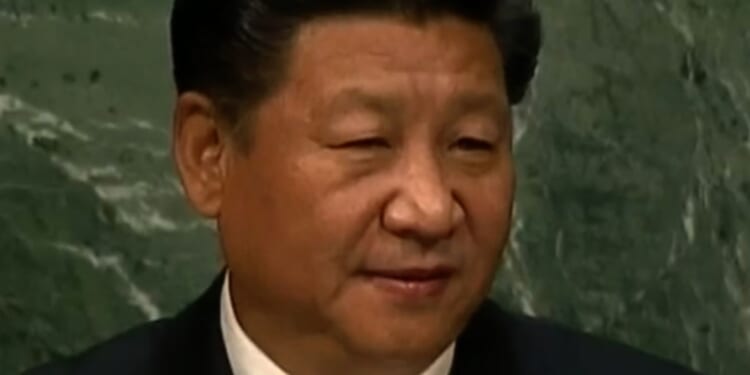Editors at National Review Online focus on one challenge from communist China that America must meet.
The only question about China’s dangerously dominant position in the rare earth market — which it first briefly weaponized against Japan in 2010 — is how and when it uses it. Beijing has now turned up the pressure to eleven. The consequences both economically and geopolitically could be extremely serious.
There has been plenty of talk about China’s ability to build up such a position in the supply of metals that, despite their name, are not particularly rare, even in the concentrations necessary to make their processing worthwhile. But, with occasional exceptions, such as Japan, which since 2010 has gone some way to reducing its dependence on China, that talk has led to pathetically little action. Currently, China mines 60 percent of the world’s rare earths. Moreover, on some estimates it handles over 90 percent of their processing and, downstream of that, about the same percentage of rare earth magnets, one of their most important applications.
Rare earths matter. They are critical to the functioning of a vast range of today’s technologically advanced hardware, from smart phones to transportation (especially, but not only, electric vehicles) to medical devices. Perhaps most worryingly, they are indispensable elements in high-tech military equipment, from submarines to jets to guided missiles to satellites. Between 2019 and 2022, the U.S. imported more than 95 percent of the total rare earths it consumed, much of which was from China.
Tariffs and export controls apart, an underlying cause of the current crisis is that Beijing knows that the U.S. and some other Western nations want to end their rare earth dependency on China. Beijing also knows that doing so will take time. It is already taking measures to ensure that doing so will not be easy. Nevertheless, the U.S. has no reasonable alternative.










